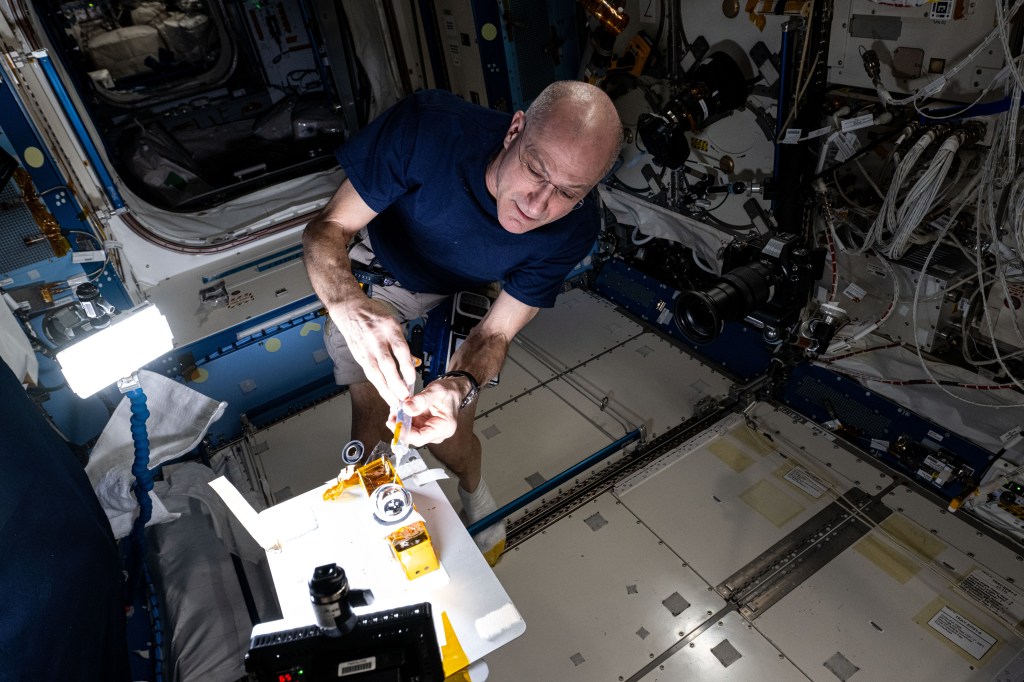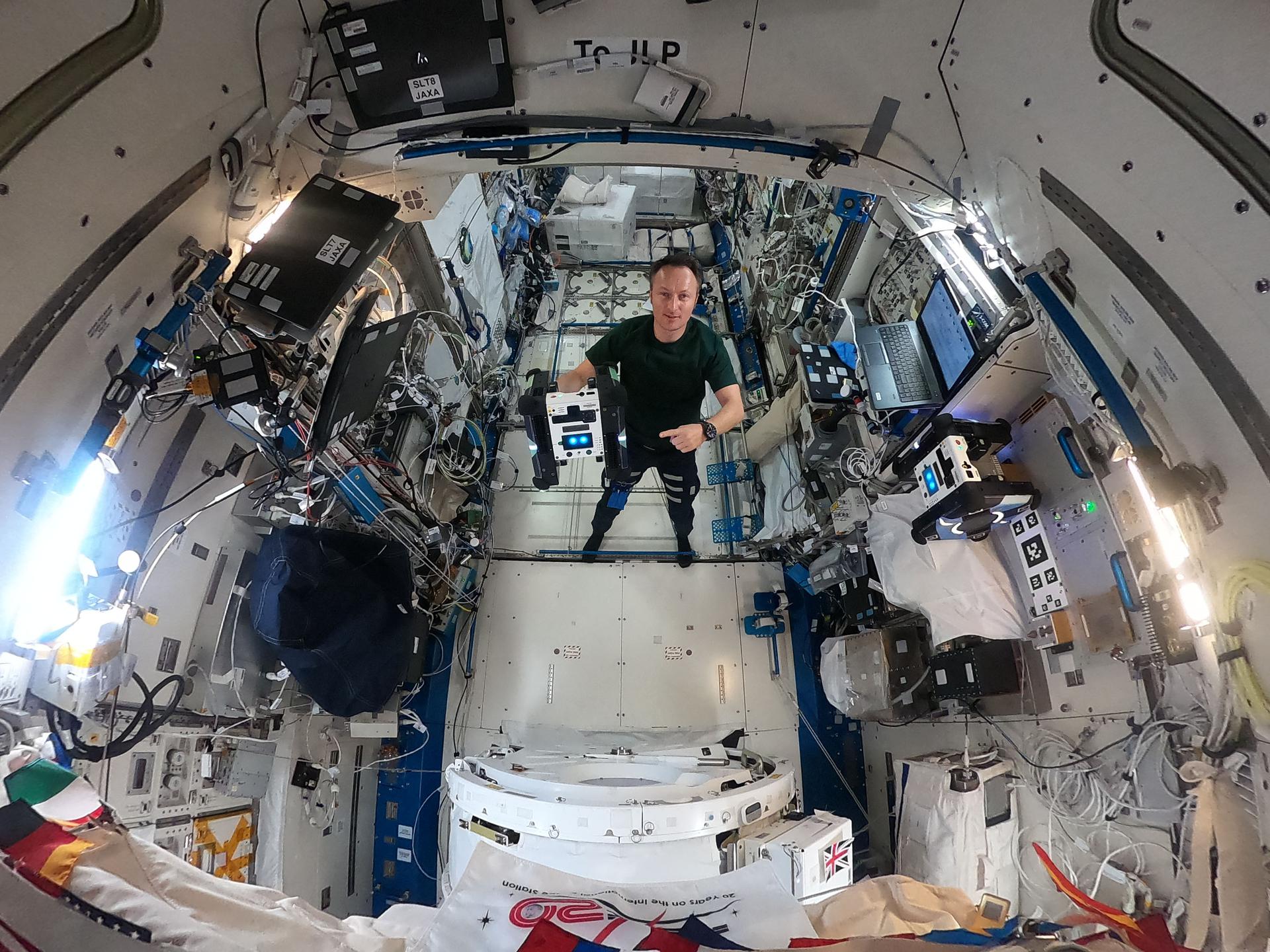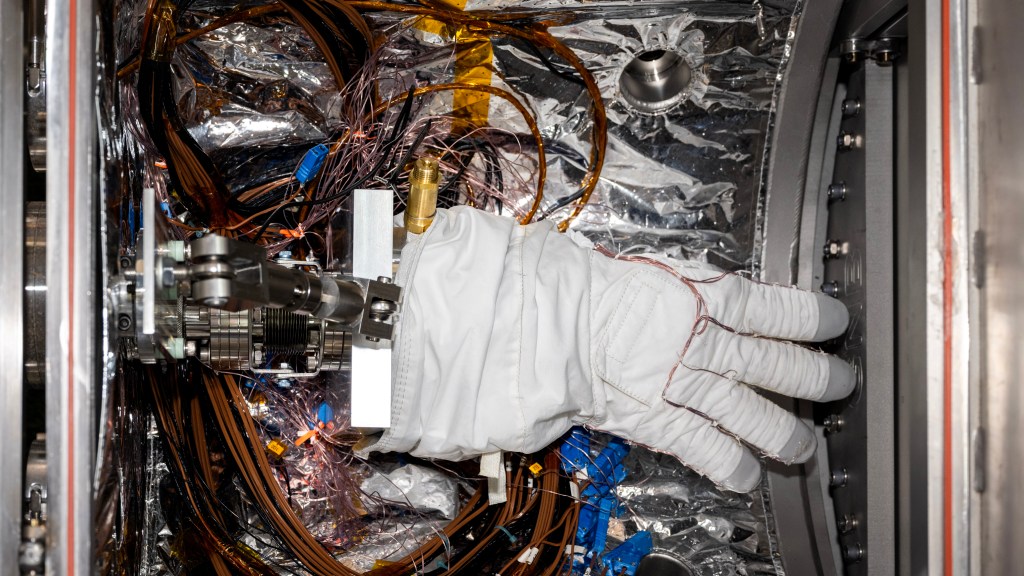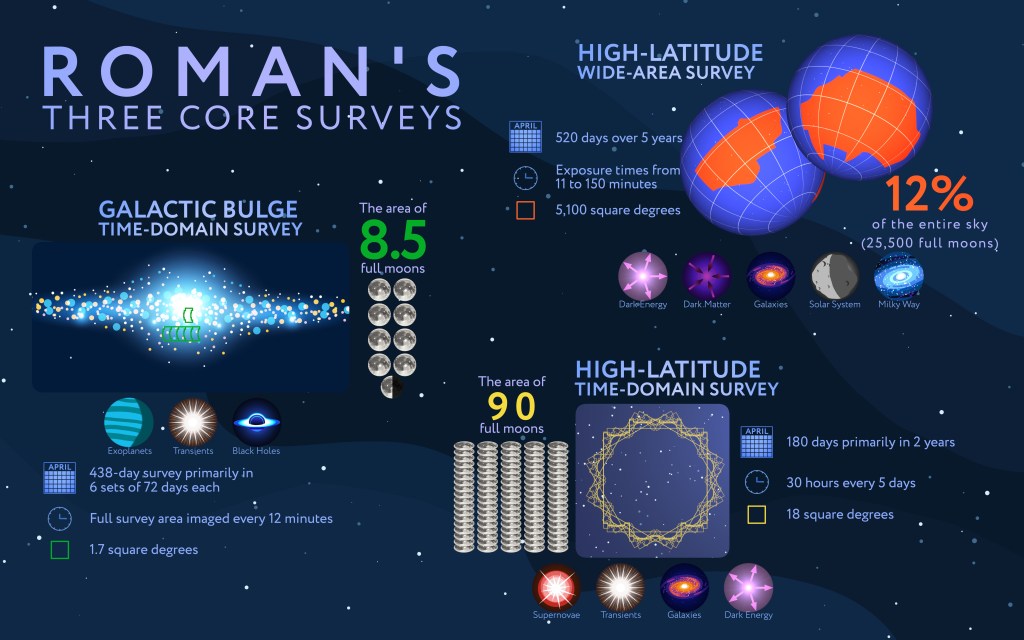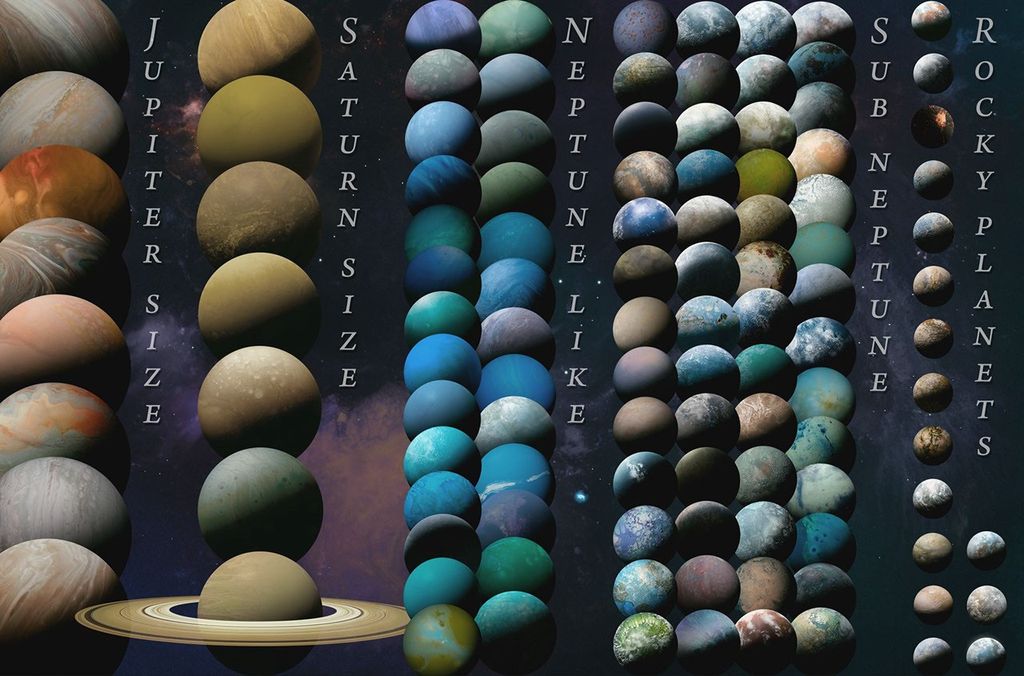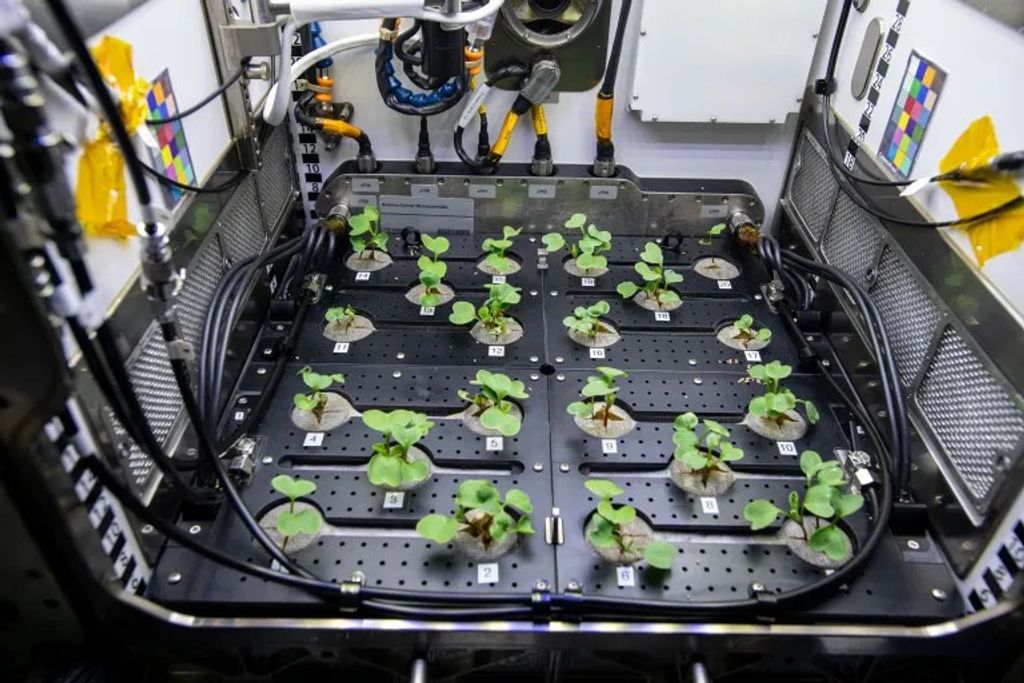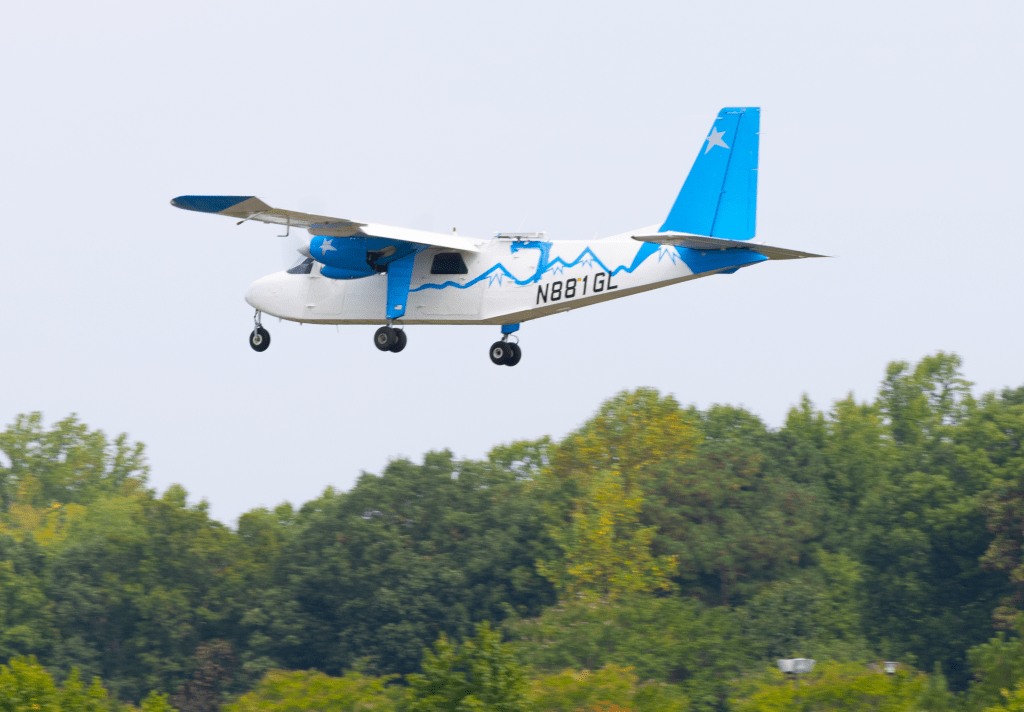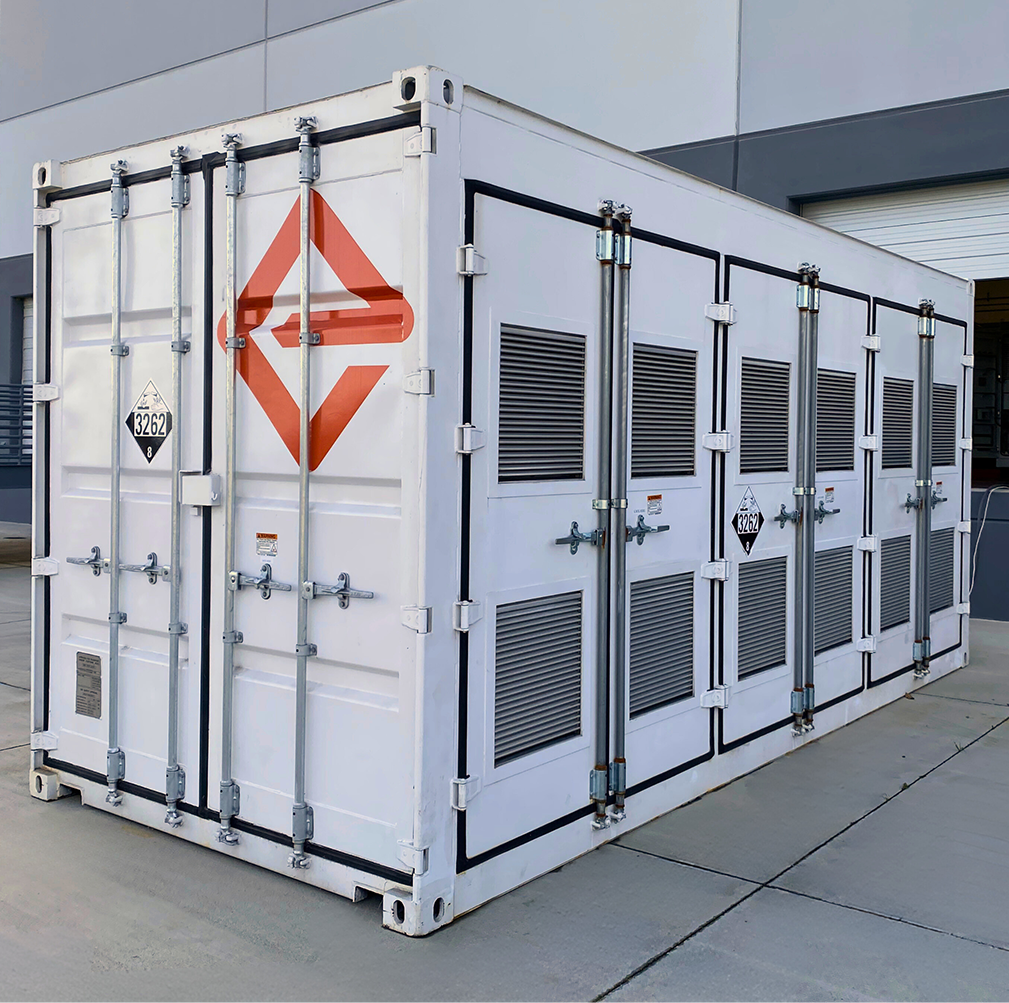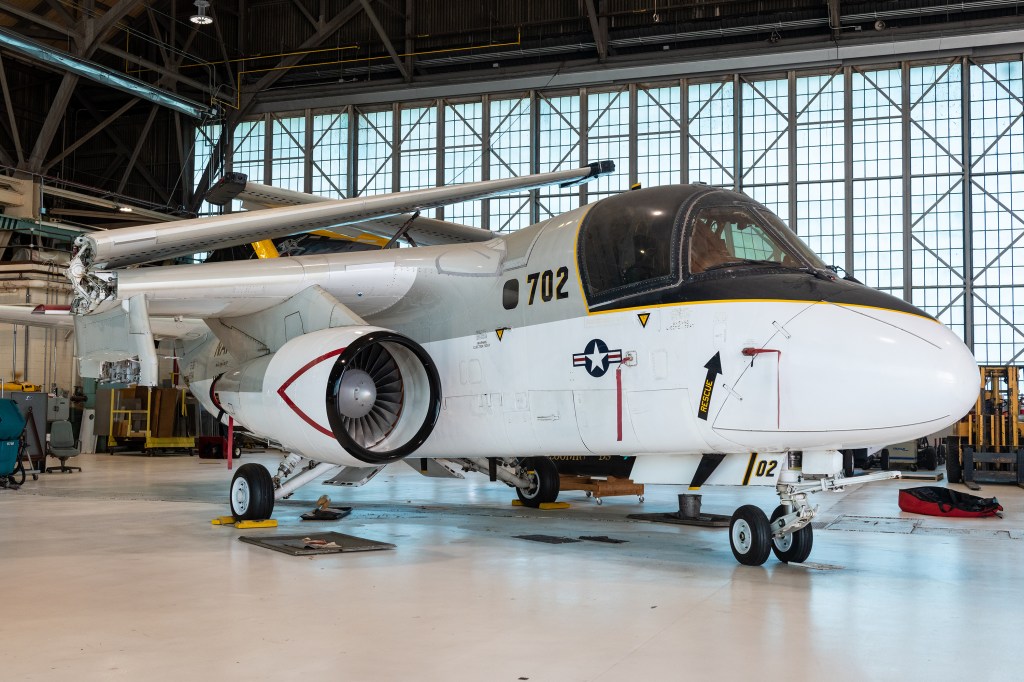SLS Booster Fired up to Test Improved Design for Future Artemis Missions
A team of NASA and Northrop Grumman engineers fired a 2-foot-diameter, subscale solid rocket booster on Dec. 2, 2021, at NASA’s Marshall Space Flight Center in Huntsville, Alabama. This test, conducted in Marshall’s East Test Area, was the second of three tests supporting the Booster Obsolescence and Life Extension (BOLE) program, which will have an upgraded design to power the evolved configuration of the Space Launch System (SLS) rocket on flights after Artemis VIII.
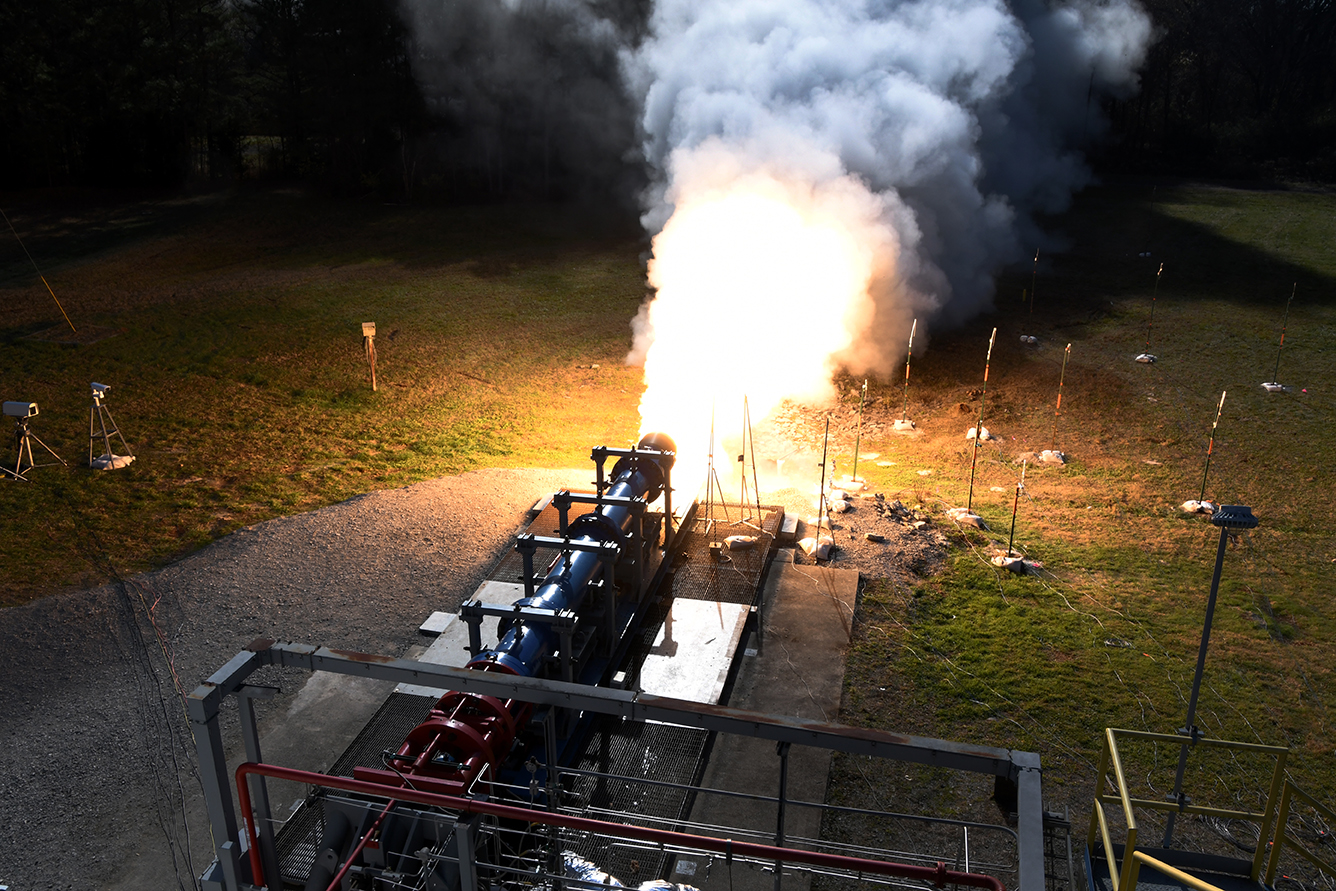
The BOLE booster will be a larger and more powerful solid rocket motor than the current SLS solid rocket booster. The boosters for the first eight flights of the Artemis program repurpose the steel booster cases and parts from the Space Shuttle Program with an upgraded design. The BOLE booster will implement a composite case design, replace obsolete parts with newer components, and improve the booster’s design and performance.
This test focused on the booster motors, which provide the majority of the power to launch SLS. Unlike previous subscale motor tests, this marked the first time the team could evaluate insulation and nozzle on one motor rather than two configurations, one for the nozzle and one for the insulation. During this subscale test, the motor produced 76,400 pounds of thrust.
The original test design had two segments, each 9 feet long. To get a more characteristic thrust profile, a 4.5-foot-long segment was added to the test article, totaling nearly 28 feet and making this the longest subscale motor tested to date. In addition to the added half segment, a new propellant, aft dome design, and nozzle design are included in the BOLE motor development program that will become part of the Block 2 evolved rocket.
During the test, three different internal case insulation formulations were evaluated in the aft dome. The performance results of these materials will aid in selecting a final formulation for the first full-scale test fire of the BOLE booster. As the team completes the final design for the full-scale motor, this test is an important step in learning how materials will perform at the higher pressure and performance expected for the BOLE motor as compared to current motors.
The third test of the subscale motor is currently scheduled for spring 2022 at Marshall, followed by the first full-scale BOLE motor test, tentatively scheduled for spring 2024 at Northrop Grumman’s test facility in Utah. Northrop Grumman, lead contractor for the booster, helped conduct the Marshall test and will be assisting with data evaluation.



